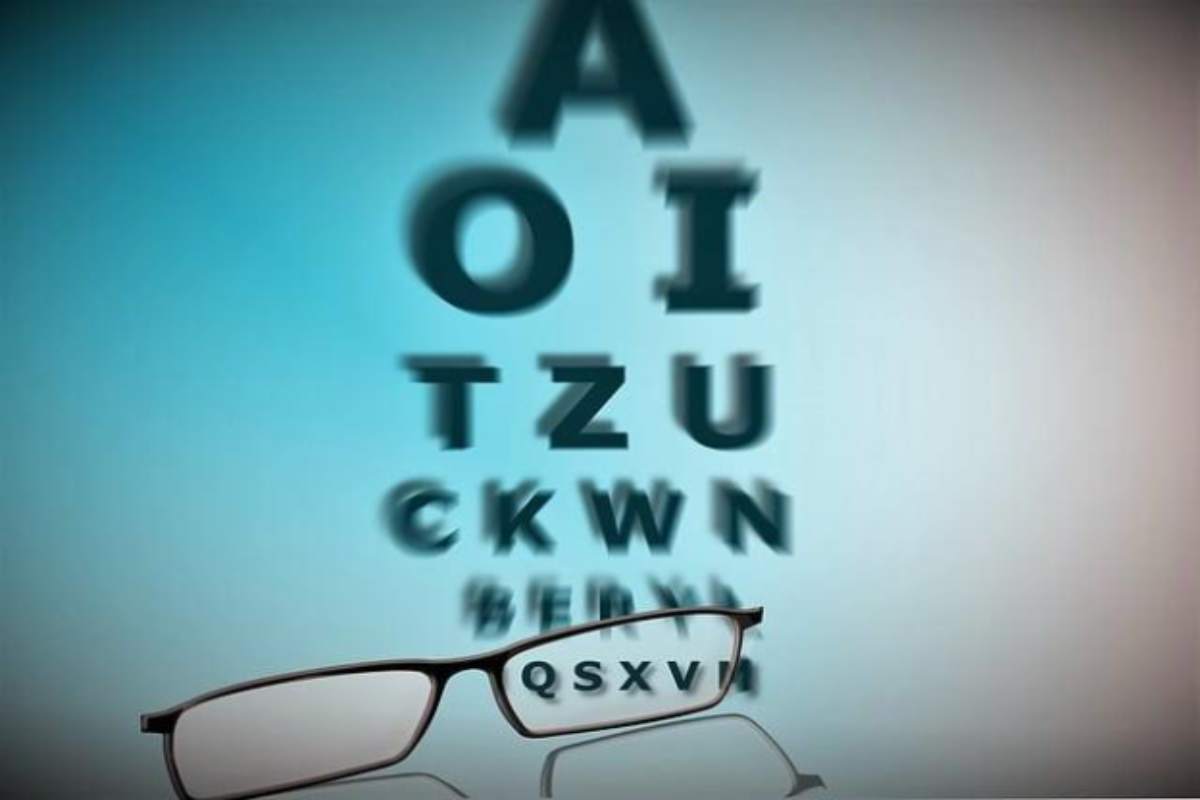Understanding the facts about eye health is important in this digital age. When having an eye exam with the optometrist, you want to be familiar with things like what constitutes perfect vision and how to maintain that.
Companies like this one at depisteo.com provide optometrists with high-quality equipment, which enables them to determine your prescription, explain what it means, and instruct how to protect your vision. They work with you to stay on top of your eye health.
Table of Contents
Understanding 20/20 Vision
Understanding prescriptions involves breaking it down. The first 20 in 20/20 vision designates how far away an individual stands when reading a standard eye test, measured in feet. The second 20 is the distance from which the person can stand to read the same line on that chart.
The chart is a Snellen chart which is the standard for ophthalmologist. An individual with 20/20 vision will see on the chart what anyone with optimal vision can see from a 20-foot distance.
A nearsighted person may have 20/100 vision indicating that they will see from 20 feet away what a normally sighted individual can see from 100 feet away. Farsighted people might have 20/10 vison, showing what a normally sighted person can see from 20 feet what this person can only see from 10 feet.
A farsighted person can have trouble seeing anything up close. Nearsightedness and farsightedness must be corrected. Without an ophthalmologist’s help it can be challenging to determine perfect vision and if vision needs some correction. Eye exams must be performed each year to detect changes in your prescription.
The eye doctor will do a series of tests, such as a refraction, glaucoma, and acuity test. The results will determine if you need eyewear correction. Only roughly 35 percent of the population worldwide has perfect or 20/20 vision without correction.
Approximately 75 percent requires correction to get to 20/20, whether glasses, contact lenses, or corrective surgery. The remaining 25 percent is plagued by long-term vision concerns. Read here to learn what an ophthalmologist is.
How can you maintain your eye health and perfect vision if you’re found to have 20/20 vision? Consider the following tips for protecting your eyesight.
In the home
There are threats to eye health in the comfort of your household, such as gardening and yardwork, cooking, and home improvement and cleaning projects.
Bleach-based solutions and oven sprays have the potential to permanently damage the eye’s surface with an accidental splash into the face. This can lead to scarring and blindness.
Protective eyewear, such as safety glasses will help shield your eyes from these dangers. Grease shields on sizzling hot pans in the kitchen help to prevent splattering into the eyes.
Always read labels before cleaning with any product, they usually have details on protecting eyes. Avoid mixing products, which is hazardous. When working outdoors, a brimmed hat and glasses protect from being poked by twigs or other hazards.
When working
People working with chemicals or heavy equipment or outdoors are injured more often than office workers. The best prevention for eye injuries is goggles or glasses. A common and dangerous action is grinding metal which can lead to shards penetrating the eye and requiring urgent surgery.
Still, in the office, staring at a computer screen can lead to eye stress and strain. The suggestion is to sit at least an arm’s length away from the screen, look away periodically, and take regular breaks. Keeping the screen brightness the same as the room and using artificial tears for dry eye are recommended.
Smoking

Smoking is a poor health decision, with doctor’s recommending cessation for their patients. The problem can also damage the eyes with a link to many eye diseases, such as cataracts to macular degeneration. Secondhand smoke exposure can also lead to vision problems, especially for kids.
Whether you smoke or not, it’s important to find a way to break away from the smoke. Doctors have varied programs for smokers to stop their habit, and there are ways for people to steer clear of second-hand smoke. The smoker can go outside for one.
Final Thought
Eyes age, but it can be challenging to know what normal signs of aging involve and what requires medical attention. Around age 40, you may notice an indication of nearsightedness or blurry vision when trying to see things up close.
This is relatively common but can sometimes be indicative of a more serious condition, like macular degeneration. Pay attention to worsening symptoms and get regular vision screenings with your ophthalmologist each year.
Visit – The 7 Tips to Get Right When Choosing an Ophthalmologist – Thrive Global – for tips on choosing the right ophthalmologist. This improves the likelihood of detecting and addressing eye disease before it has a chance to damage your vision. Early treatment is key to lasting eye health.
You Can Also Read: personal-injury-attorney
